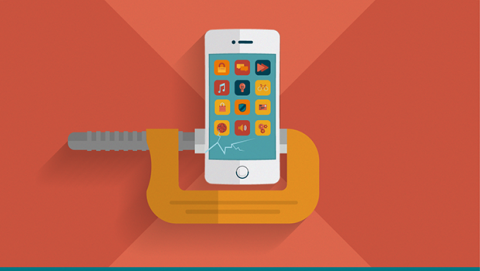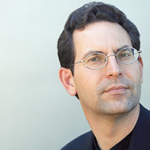What should health care look like in 2016? Since stories often speak louder than statistics, I thought I would share two personal anecdotes that highlight how far we’ve come as a health care ecosystem of patients, physicians, pharmacists, and families – and how far we still have to go.
IT-driven healthcare
The first story, the happier one, concerns my wife. About a month ago she told me she had unexpectedly lost 20 pounds; her heart rate was at 110, her eyebrow hair was thinning, and she was always feeling tired. For non-medical readers, I’ve just described the classic symptoms of hyperthyroidism. And hyperthyroidism is uncomfortable because it feels like your whole body is on speed.
I told her she probably needed a lab test for her thyroid. Because Beth Israel Deaconess Medical Center (BIDMC) has secure doctor-patient messaging, she then sent a message to her primary care physician (PCP) using her phone. Since all our web-based and mobile software runs on phones at BIDMC, the doctor ordered a lab test using her phone at a lab two miles from my home. My wife got the test, then saw the results from the lab in two hours via an app that sits on her phone. So four hours after our initial discussion, my wife knows that she has hyperthyroidism.
With that confirmation, my wife clearly needed a referral to a specialist. So she texted her PCP, who texted the specialist. We arranged for an appointment the next day at a suburban location of our health care group, not far from our home, because who wants to drive downtown and pay 40 dollars to park? She saw the specialist the next day, had another test run, saw the results, and the diagnosis came back as Graves’ Disease. Graves’ is eminently treatable with medication, so the specialist prescribed methimazole to a local pharmacy. My wife picked up the medication, and today she is totally fine.
Clearly, that is the kind of interaction doctors, patients and families want. And along the way, thanks in large part to my wife’s mobile device and all the transactions completed with it, the care plan and care preferences were broadly communicated to everyone.
IT-deficient healthcare
There is still more work to do, of course, which brings me to my second story. My mother lives in California. She broke her hip and was taken to the hospital. There, the emergency room physician said he needed a reconciled list of all her medications. Unfortunately, the office of my mother’s PCP was closed, so she was told to bring in every plastic prescription bottle she’d been prescribed since 1982.
By the time I flew to Los Angeles, she was in the hospital on 22 different medications, sitting in a corner mumbling, unaware of person, place, or situation. This, unfortunately, is the reality of most of America: we aren’t even able to share your medication list from your PCP’s office two miles away. That is one reason mistakes happen. And it is something we need to spend the next few years eliminating. That means sharing information not just from doctor to doctor, but also from doctor to patient. If I, as your doctor, share all the notes about your visit to your phone after every encounter, and do it securely, your phone becomes a portable, comprehensive medical record, and problems like the one my mother had could be eliminated forever.
How do we get from one health care to the other? From a technology perspective, I have been trying to move BIDMC to the cloud so that stories like my wife’s become more common. My hope in five years is that BIDMC doesn’t host data anymore. Today I have to achieve five-nines availability, ensuring high performance and continuous system access, and complete security, all while pursuing continuous innovation. It is difficult, to say the least. I would much rather have the 15,000 employees of a cloud provider than the 200 employees of BID IT keeping this technology up and running. That is why we are starting to move our development and test environments to the cloud. We have been able to do it cost-effectively and securely thus far. It gives me confidence that the more we infuse care with these enabling technologies, the more we can bring the future of care closer to our everyday reality.




